Art World
Gallery Hopping: Gaston Lachaise’s Voluptuous Nudes at Findlay Galleries
Findlay Galleries celebrates the robust nudes of French-born sculptor Gaston Lachaise.
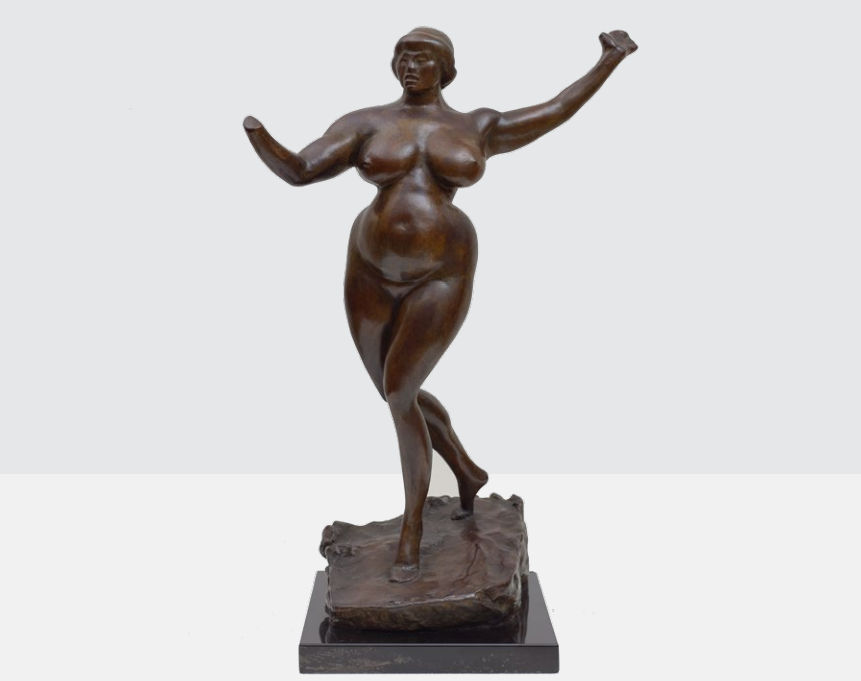
Findlay Galleries celebrates the robust nudes of French-born sculptor Gaston Lachaise.

Henri Neuendorf

In 1902, when French-born artist Gaston Lachaise was 20 years old, he saw a woman walking along the Seine and fell madly in love with her. The woman, an American named Isabel Nagle, had been vacationing in Paris at the time and Lachaise was a student at the Académie Nationale des Beaux-Arts. Several years later, Lachaise departed Paris, leaving his career—Paris, at the time, was the heart of the art world—to follow Nagle to the US, where she lived with her family and waited it out until she divorced her husband. “I love you for you,” Lachaise wrote to Nagle in the first years that they spent together, “for what you have been and are. ‘Woman’— confident, proud and strong.”
By 1912, Lachaise had found a new muse, the American woman. In his off hours, after working as an assistant in the studio of Paul Manfield, Lachaise slowly abandoned his academic style, creating sculpture after sculpture, variations on the robust, confident, and sensual female figure that would become his signature. While his work from this period, like Dancing Woman (1915), was highly stylized and bore traces of Art Nouveau, his sculptures would soon become more simple and streamlined, in dialogue with the style of Henri Matisse, Constantin Brancusi, and Auguste Rodin.
Lachaise’s sculptures and drawings of the female form are the subject of a survey exhibition at Palm Beach’s Findlay Galleries, which is the exclusive representative of the Lachaise Foundation. The show brings together works from the start of his career to the more voluptuous sculptures he created at the end of his life (Lachaise died unexpectedly of acute leukemia at age 53).
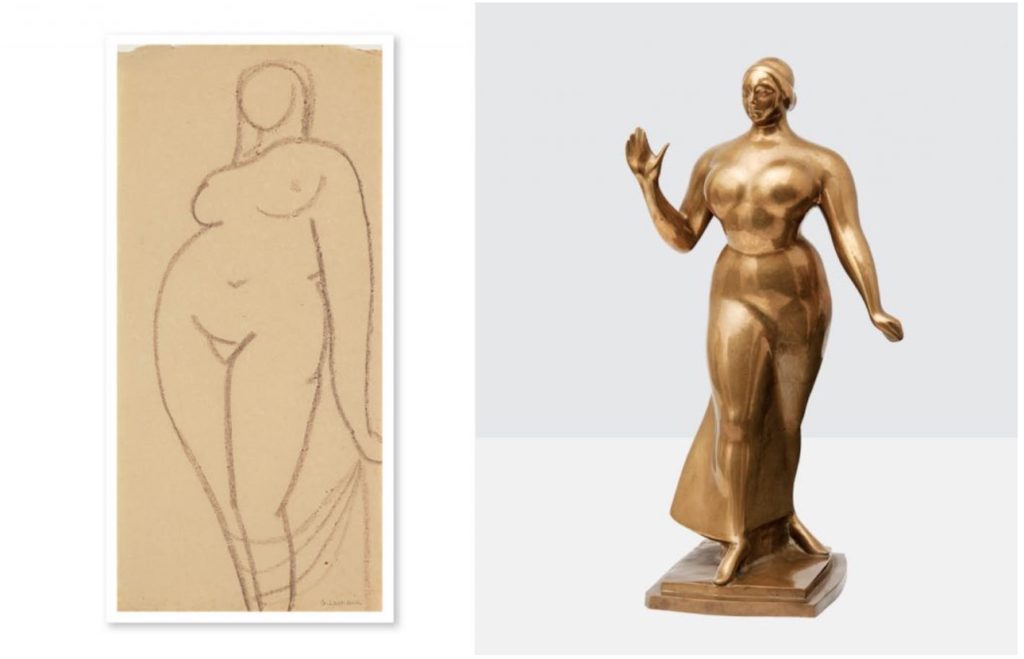
Gaston Lachaise Nude Leaning (Standing Draped Figure) (ca. 1918-24). Woman Walking (1919). Images courtesy of Findlay Galleries.
Lachaise’s first one-man show was at Bourgeois Galleries in 1918. There, his Standing Woman, in plaster (the bronze version would not be completed for another ten years), was ridiculed as “fat, heavy, and grotesque,” according to the catalogue for his 1935 MoMA retrospective. But while he was somewhat misunderstood early on, by the mid-1920s, Lachaise’s innovations had begun to be recognized in the US by critics and patrons. “It is probable that Lachaise is one of the most important sculptors alive today,” wrote Lincoln Kerstein in the MoMA catalogue. His retrospective at MoMA (the first for a living sculptor) was an indication of his renown.
In addition to the critical and institutional praise that he received, Lachaise also found a modicum of financial prosperity with public commissions and portraits—Lachaise did portraits of notable artists and celebrities of the day including Georgia O’Keeffe, Marianne Moore, and E.E. Cummings, the last of whom said of Lachaise’s voluptuous nudes, “In the sumptuousness of certain of his perfectly sensuous, exquisitely modulated, vase-like nudes, we have felt something pleasantly akin to what we know as the least imperfect specimens of Chinese art.”
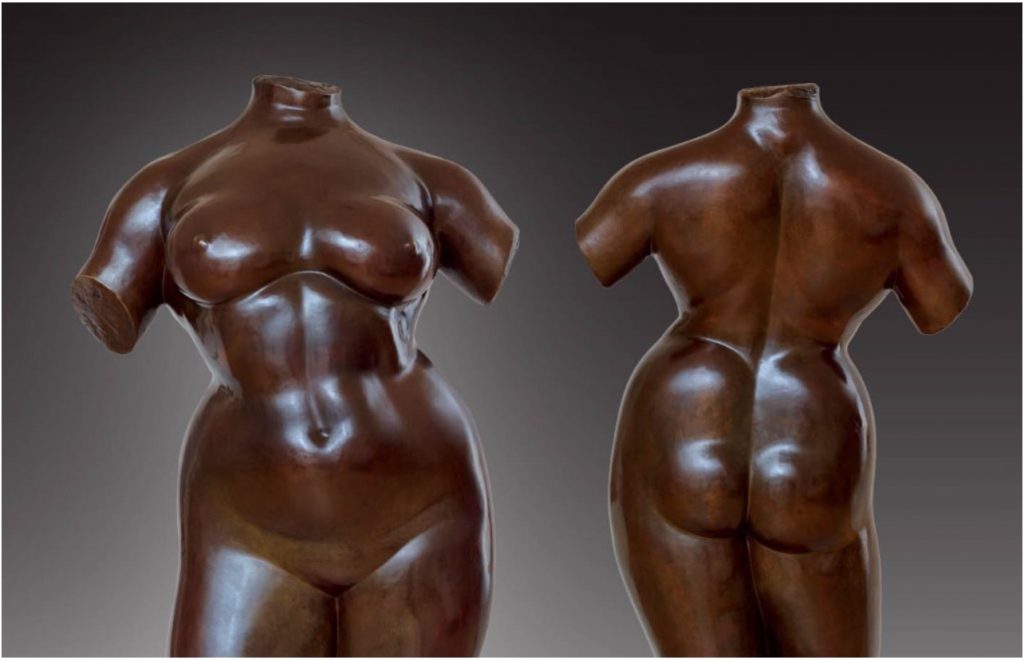
Gaston Lachaise Torso of Elevation (1912-1927). Image courtesy of Findlay Galleries.
“He was one of the most important modernist sculptors in America and he took both his French influence, but he also absorbed a lot of the American spirit,” Findlay Galleries director Juan Pretel told artnet News. “He was part of the group that established American art as a fully developed and unique school that could stand on its own and not necessarily be derivative of the European tradition.”
Addressing Findlay’s recent representation of the artist’s estate, Pretel said, “We’re delighted to represent the work of Gaston Lachaise for our clients and present it in the light of the integrity and the tradition that Findlay Galleries represents in America and in the entire world.”
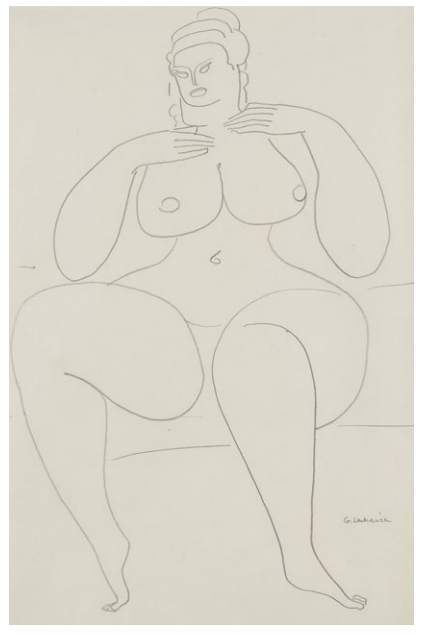
Gaston Lachaise, Seated Nude, Hands on Shoulders (1929). Courtesy of Findlay Galleries
Although Lachaise is most well-known for his bronze sculptures of voluptuous nudes, his depictions of animals and the natural world—particularly his bronze casts of peacocks and dolphins—are also prized by collectors. And oddly, his record at auction—$523,500, set at Christie’s New York in November 2016—is for one of these statues of animals, The Peacocks (1923-1929).
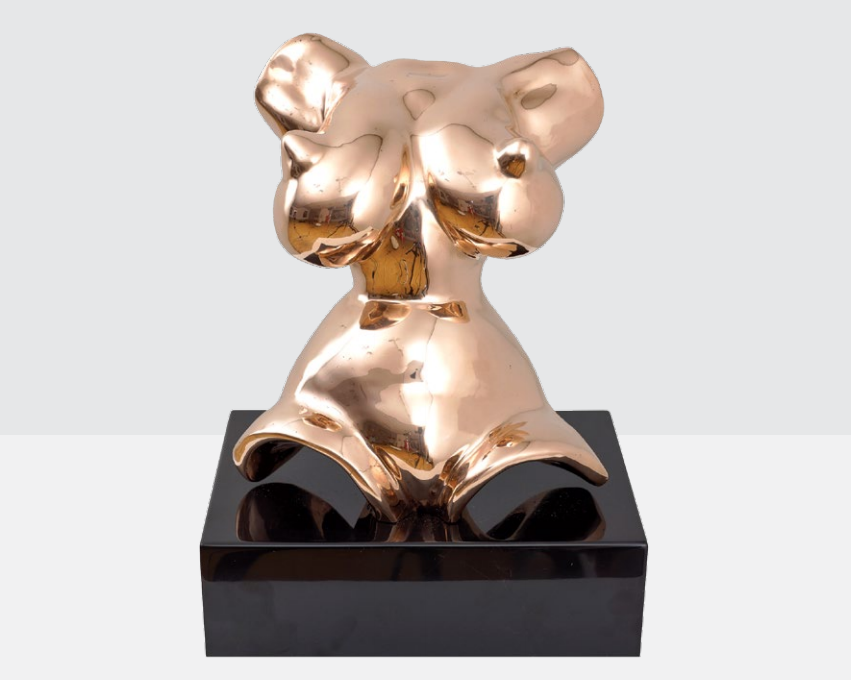
Gaston Lachaise, Torso (1932). Courtesy of Findlay Galleries
The exhibition at Findlay Galleries’ Palm Beach branch focuses primarily on the artist’s depictions of the female nudes, making up the bulk of the 28 sculptures on view. The show also features 23 drawings and studies for some of his best-known works, many of which are sexually charged works that exaggerate the female figure, with enlarged breasts and buttocks.
“The show is heavy on the figures, which relates to his output in general,” Pretel said. “The majority of his work was figurative, and that shows in the exhibition.”
Gaston Lachaise: Woman is on view at Findlay Galleries, 165 Worth Avenue, Palm Beach.